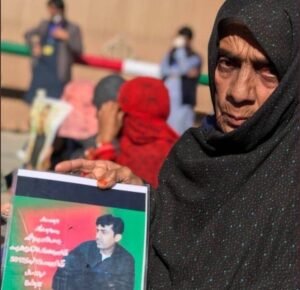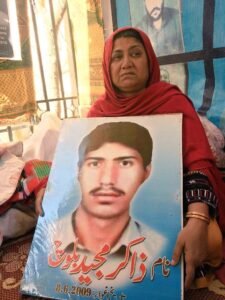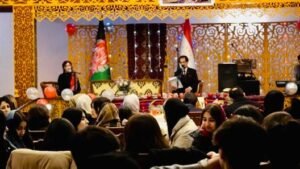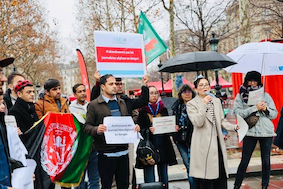Aerial Aggression: Implications of Pakistan’s Unilateral Actions on Regional Stability
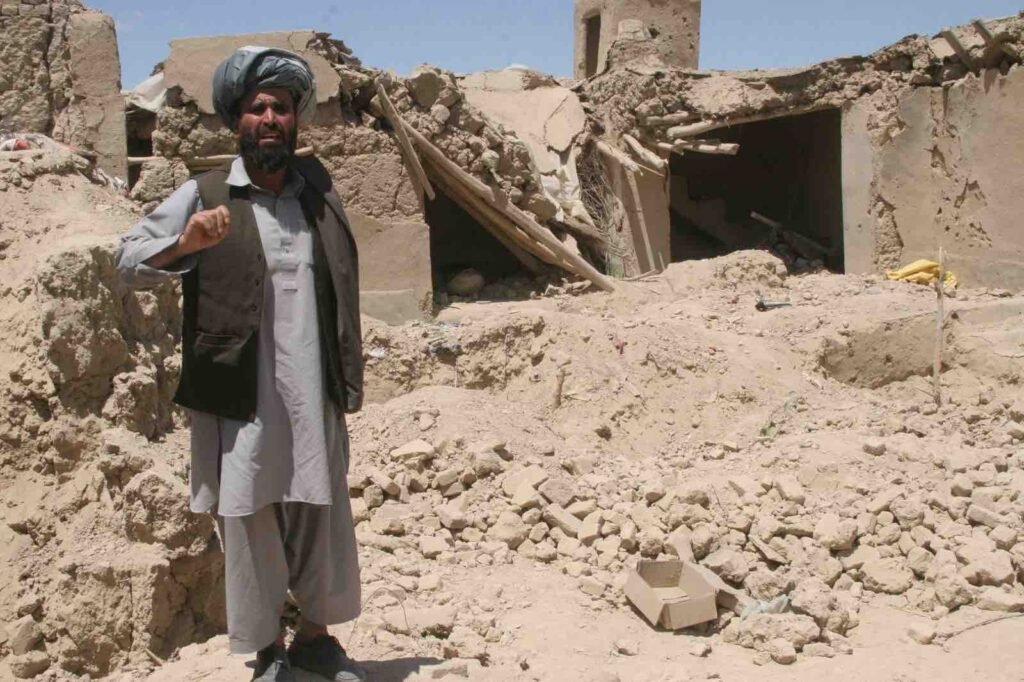
A house bombed by the US Air Force in Sajawand village, Logar province, Afghanistan, in 2012. Photo captured by @Ali Ahmad
By SS Ahmad
In recent years, the relationship between Pakistan and Afghanistan has been marked by tensions, often exacerbated by cross-border incidents and allegations of militant activities. The latest clashes between the two nations have once again brought their strained ties into the spotlight, raising concerns about stability in the region.
Since the Taliban regained control of Afghanistan in 2021, Pakistan has consistently accused militant groups of launching attacks from Afghan soil. These allegations have fueled animosity between the two neighbors, leading to a series of cross-border skirmishes and military engagements.
The most recent escalation occurred when Pakistani aircraft reportedly carried out airstrikes in Khost and Paktika provinces, near the border with Pakistan.
It was reported that civilian residences in border provinces had been subjected to bombing by Pakistani aircraft and drones, as disclosed by Zabihullah Mujahid, Spokesperson of Afghan Taliban Government. He added that this unprovoked attack by Pakistan within Afghanistan has resulted in the casualties of Afghan women and children and not any militants.
Expressing strong condemnation, the Taliban government characterized the attacks as a violation of sovereignty, denouncing the perceived recklessness behind such actions.
Retaliatory measures, purportedly executed by border forces, targeted military installations along the disputed border of Durand Line. This action, attributed to Afghanistan’s defense ministry, involved the deployment of heavy weaponry.
X post by Enayatullah Khwarizmi, spokesperson of Afghan Taliban, highlighted the readiness of defense and security forces to counter aggressive actions, vowing to safeguard territorial integrity of Afghanistan at any cost.
Testimony from locals in Khost and Paktika revealed that the aerial bombardment by Pakistan has resulted in destruction of multiple civilian dwellings, with casualties of women and children has been reported among inhabitants.
Afghan Taliban authorities in the border regions have instructed evacuations amidst ongoing skirmishes, issuing directives through mosque announcements to vacate affected areas as Pakistan could again strike in these places.
The disputed border region has long been a hotspot between Pakistan and Afghanistan. Pakistan has accused the Afghan Taliban of providing safe haven to the many militant groups including Tehreek-e-Taliban Pakistan (TTP) and helped in their resurgence. This allegation is strongly denied by the Taliban Government which has asserted that Pakistan is just trying to shift the blame for political reasons. TTP has strong base within Pakistan and the Army has failed to control their growth and support from the Pakistani people. The Afghan Taliban has asserted that it does not allow its territory to be used for nefarious activities.
The recent clashes highlight the complexities of the security situation along the Pakistan-Afghanistan border. Civilians caught in the crossfire bear the brunt of the conflict, facing displacement and loss of life as violence escalates in the region.
Amidst escalating tensions, there is a growing risk of further destabilization in the region. The recent clashes serve as a stark reminder of the fragility of the security situation along the Pakistan-Afghanistan border and the urgent need for dialogue and diplomatic solutions to prevent further bloodshed.
As both countries grapple with internal challenges and external pressures, finding common ground and fostering mutual trust is essential for lasting peace and stability in the region. However, these unilateral actions by Pakistan has further widened the distrust between both sides, forcing the Taliban to look beyond Pakistan in the region to secure their interests.
SS Ahmad is a freelance researcher and journalist based in Afghanistan.
Note: The contents of the article are of sole responsibility of the author. Afghan Diaspora Network will not be responsible for any inaccurate or incorrect statement in the articles.

